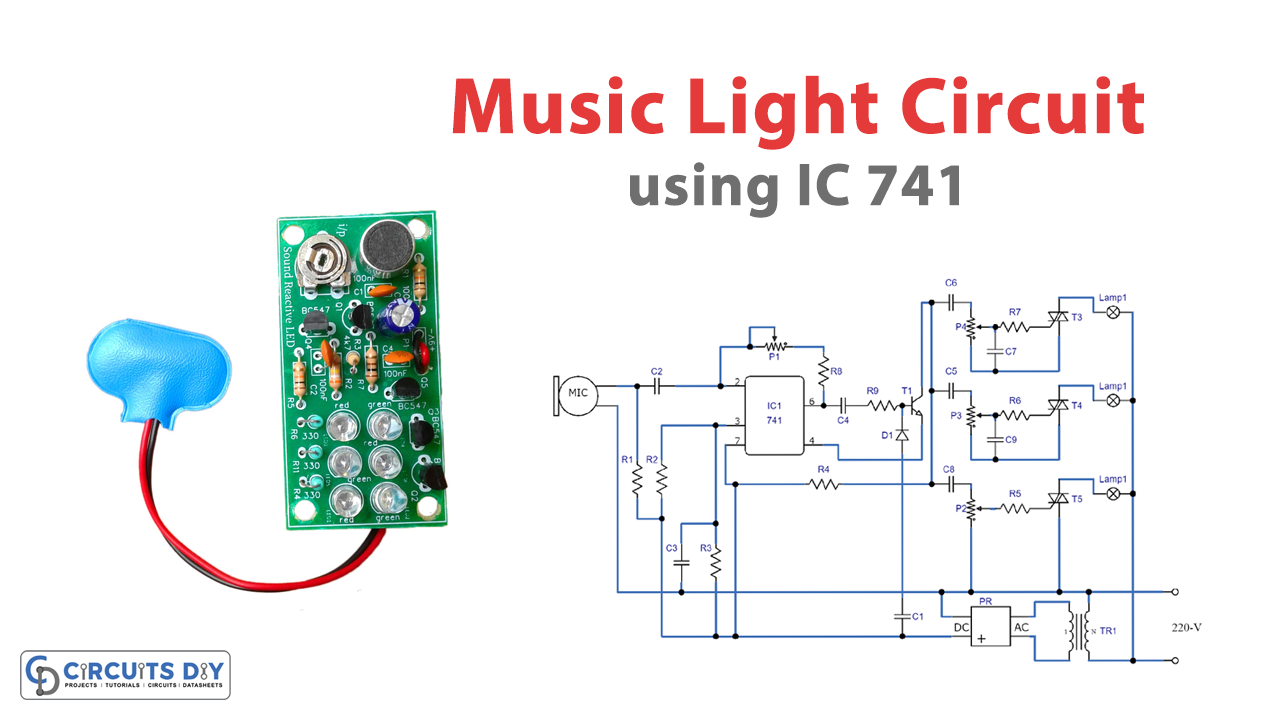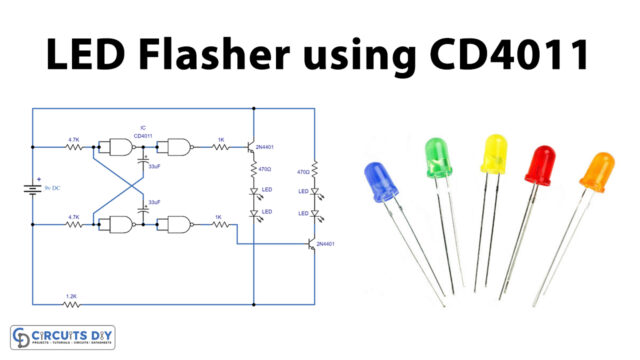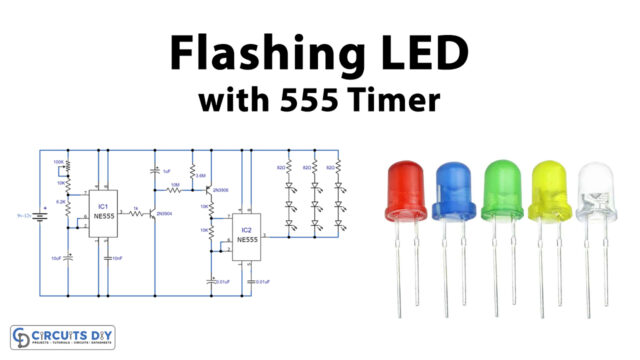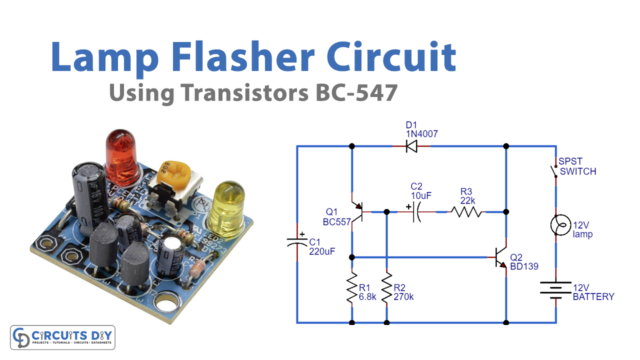Introduction
The world of music and lighting is often intertwined, as the rhythm and beat of a song can evoke a range of emotions that the right kind of lighting can enhance. But what if we told you that you could create a stunning music light show without any physical contact with the music source? Yes, you read that right! Introducing the Music Light Circuit without Contact, a revolutionary technology that synchronizes your music with lighting effects without physical contact.
The Music Light Circuit without Contact is not just a fun and creative way to enhance your musical experience but also an excellent opportunity to experiment with technology and explore the science behind sound and light synchronization. So let’s dive into music and light and create a fantastic circuit
Hardware Required
| S no | Components | Value | Qty |
|---|---|---|---|
| 1 | IC | UA741 | 1 |
| 2 | Transistor | 2N2218 | 3 |
| 3 | Resistor | R1 = 22k, R2,3 = 47k, R4,5,6,7 = 330, R8 = 150k, R9 = 100 | 1, 2, 4, 1, 1 |
| 4 | V. Resistor | PI = 2.2M pot P2 = 2.2 K pot P3 = 2.2 K pot P4 = 22k pot | 1 1 1 1 |
| 5 | Diode | 1N4148 | 1 |
| 6 | Polar Capacitor | Cl = 220uF 16V elec. C3 = 10uF 16V elec. C4=10uF 16V elec. C5=1uF 16V elec. C6=1uF 16V elec. C7=1uF 16V elec. | 1 1 1 1 1 1 |
| 7 | Capacitor | C2 = 22nF ceramic. C8 = 330nF pol. C9 = 100nF ceramic. | 1 1 1 |
| 8 | Transformer | 230/9 V 0,25A | 1 |
| 9 | Lamp | – | 3 |
| 10 | Mic | – | 1 |
| 11 | TRIAC T1…T3 | 4A400VTR1AC | 3 |
Circuit Diagram

Circuit Explanation
The circuit includes a microphone (MIC) on the left, a 741 IC stage configured as a comparator in the center, and three triacs with lamps on the right. The circuit is powered by a transformer-based power supply circuit, as well as the AC mains for the lamps.
Initially, all lamps are switched off because pin 2 of the IC 741 is held low, causing pin #3 to be high and forcing its output pin 6 also to be high. This causes NPN T1 to conduct and keep the triac gates connected with the ground, keeping all triacs shut off.
However, when the MIC receives a powerful sound signal, its resistance starts fluctuating from low to high and vice versa in response to the sound pressure of the music. This fluctuation causes the output of the IC 741 to also fluctuate, and the triac gates switch on and off in tandem and sequentially, creating a dancing or chasing light effect on the connected lamps.
While all triacs switch at the same rate, the timing can be slightly changed using the presets at the gates of the respective triacs, enabling a running or chasing sequential lighting effect on the lamps in response to the music source.
The presets allow for the degree at which the different triacs can be fired to be adjusted, creating a beautiful music light operation on the lamps without needing any physical contact with the music source.
However, you must exercise caution not to touch the internal circuit of the design while it is in the powered state, as the entire circuit is not isolated from the mains and may be floating at the mains level.
Final Words
The Music Light Circuit without Contact is a great way to impress your friends and an excellent opportunity to experiment with technology and explore the science behind sound and light synchronization. So go ahead and try it out for yourself and discover the endless possibilities of this fantastic technology.
We hope you enjoyed reading this article and found it informative and helpful. If you have any questions or queries, please use the comment section below. Thank you for reading!













